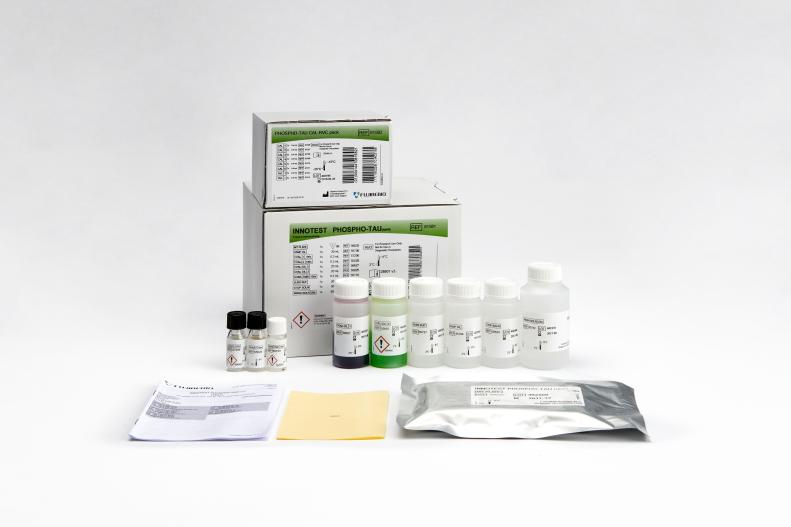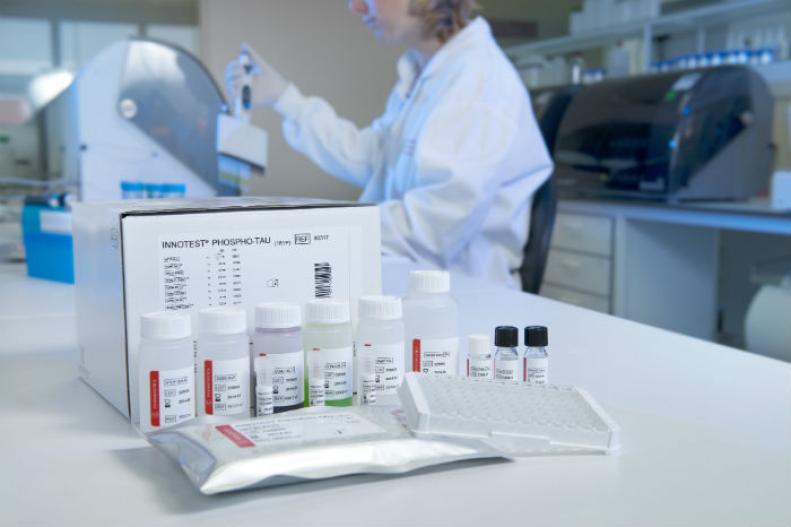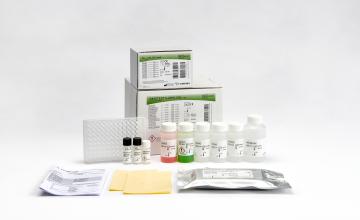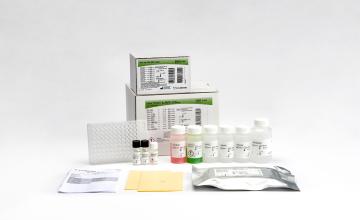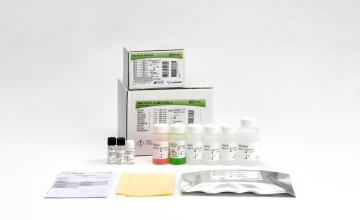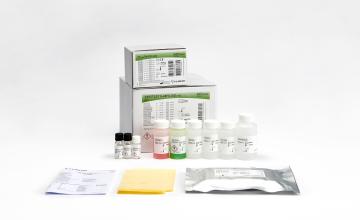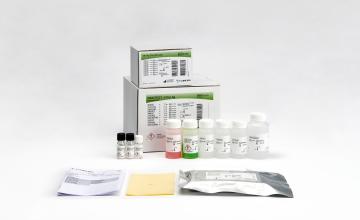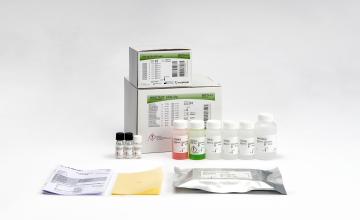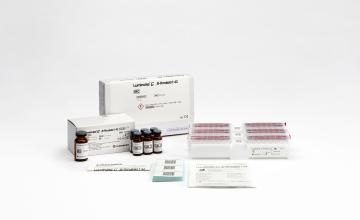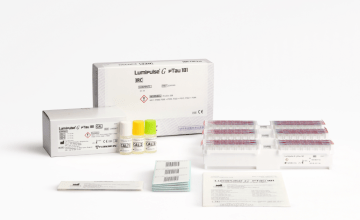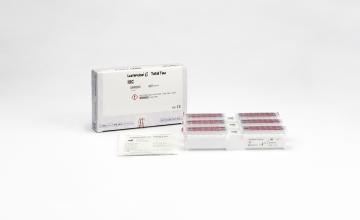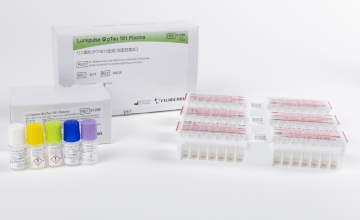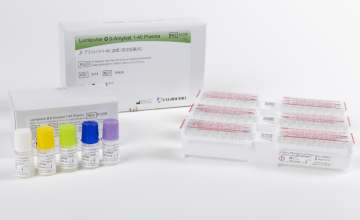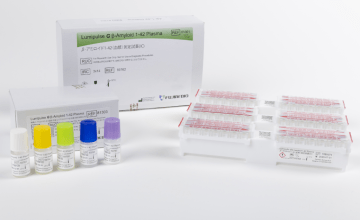INNOTEST® PHOSPHO-TAU (181P)
Single-analyte assays using Elisa technology
The INNOTEST PHOSPHO-TAU(181P) is a solid-phase enzyme immunoassay for the quantitative determination of phosphorylated Tau (Phospho-Tau(181P)) in human cerebrospinal fluid (CSF).
The combined use of CSF-Tau and CSF-β-amyloid(1-42) marker concentrations allows differentiation between Alzheimer’s disease (AD) and normal aging or other neurological diseases such as depression.1-5
The discrimination of AD from non-AD types of dementia such as dementia with Lewy Bodies may be further improved using the quantification of CSF-phospho-Tau(181). 6-7
Product number 81581
Click here to navigate
- Contact sales for information
- Details
- Conditions of sale
- Citations
- Documentation
- Insights
- Product inquiry
- Related products
-
Details
Advantages of our assays
- Simple colorimetric immunoassays that are easily automated on microplate-processor
- Supported by many peer-reviewed scientific publications
- Less than 300 μL of CSF necessary for determination of complete biomarker profile
- Assay range consistent with biological range of values
Clinical backgroundAlzheimer’s disease (AD) is the most common form of dementia and is histologically characterized by the accumulation of extracellular amyloid plaques and intracellular neurofibrillary tangles throughout the brain. The major constituents of amyloid plaques are the β-amyloid peptides consisting of 40 and 42 amino acids, which are derived from the amyloid precursor protein. Neurofibrillary tangles are made up of paired helical filaments consisting of hyperphosphorylated tau protein (phospho-tau). Tau protein, present in the brain in 6 different isoforms, is an intracellular protein that is released upon neuronal death.
A license regarding amyloid beta antibodies contained in this product under patents US 570349 and EP 0683234 has been obtained from Takeda Pharmaceutical Company Limited. Furthermore, a license for the use of amyloid beta monoclonal antibodies contained in this product under patents US 5,593,846A, US 5,766,846A, US 5,837,672A, US 6,284,221B1, US 6,610,493B1, US 5,441,870A, US 5,721,130A, US 5,605,811A and US 6,114,133A has been obtained from Eli Lilly and Company.
-
Conditions of sale
To read the end user conditions of sale for this product please visit our Resource center.
-
Citations
The BIOZ badges associated with Fujirebio products include peer-reviewed citations derived from scientific studies using Fujirebio products. Please note that the peer-reviewed citations do not reflect the regulatory status of Fujirebio products. Users should refer to the specific product documentation and any (clinical) claims made therein in order to ensure compliant use. For each country or geographic region, users must verify the related regulatory status of the Fujirebio product.
-
Documentation
Browse regulatory documents for this product
Create a (free!) eServices account and start browsing all product documentation right away.
Multimedia
Watch product videos
Get a (free!) eServices account and benefit from full access to all our online resources.
Other documents
FileNeuroSig v6-0 macro for use with INNOTEST Neuro assays (vnd.ms-excel.sheet.macroEnabled.12, 214.10 kb)Extra informationThis macro is used with all Neuro INNOTEST assays for calculating the concentrations based on the OD values obtained by a plate reader.Get access to this section and more
Create a free eServices account now and instantly access multiple digital resources:
- Product documentation
- Selected scientific posters
- Product leaflets
- How-to videos and more…
-
Insights
Jul 23, 2025Fujirebio introduces its Neuro Expert Toolbox (NExT) at AAIC 2025
Fujirebio is introducing its Neuro Expert Toolbox (NExT) for the first time at AAIC 2025 (Alzheimer's Association International Conference®) in...
Nov 13, 2024Video - Alzheimer's awareness redefined
Follow the journey of the Sullivan family and leading Alzheimer’s Neurologist and Researcher Dr. David Greeley as they introduce and explain these...
Feb 20, 2024Publication - Serum and cerebrospinal fluid neurofilament light chains measured by SIMOA™, Ella™, and Lumipulse™ in multiple sclerosis naïve patients
We would like to draw your attention to a first publication on our Lumipulse® G NfL solution. In this article you will find a method comparison of CSF...
-
Product inquiry
-
Related products

